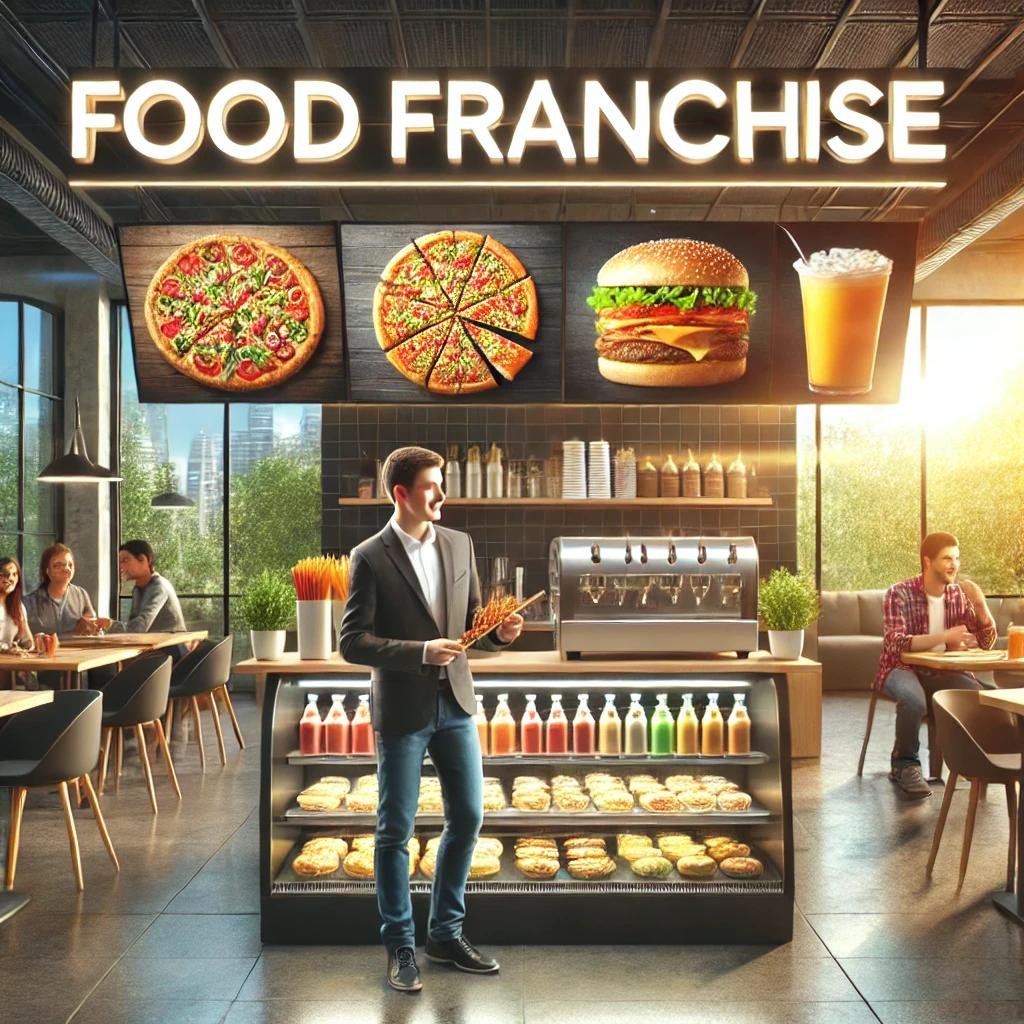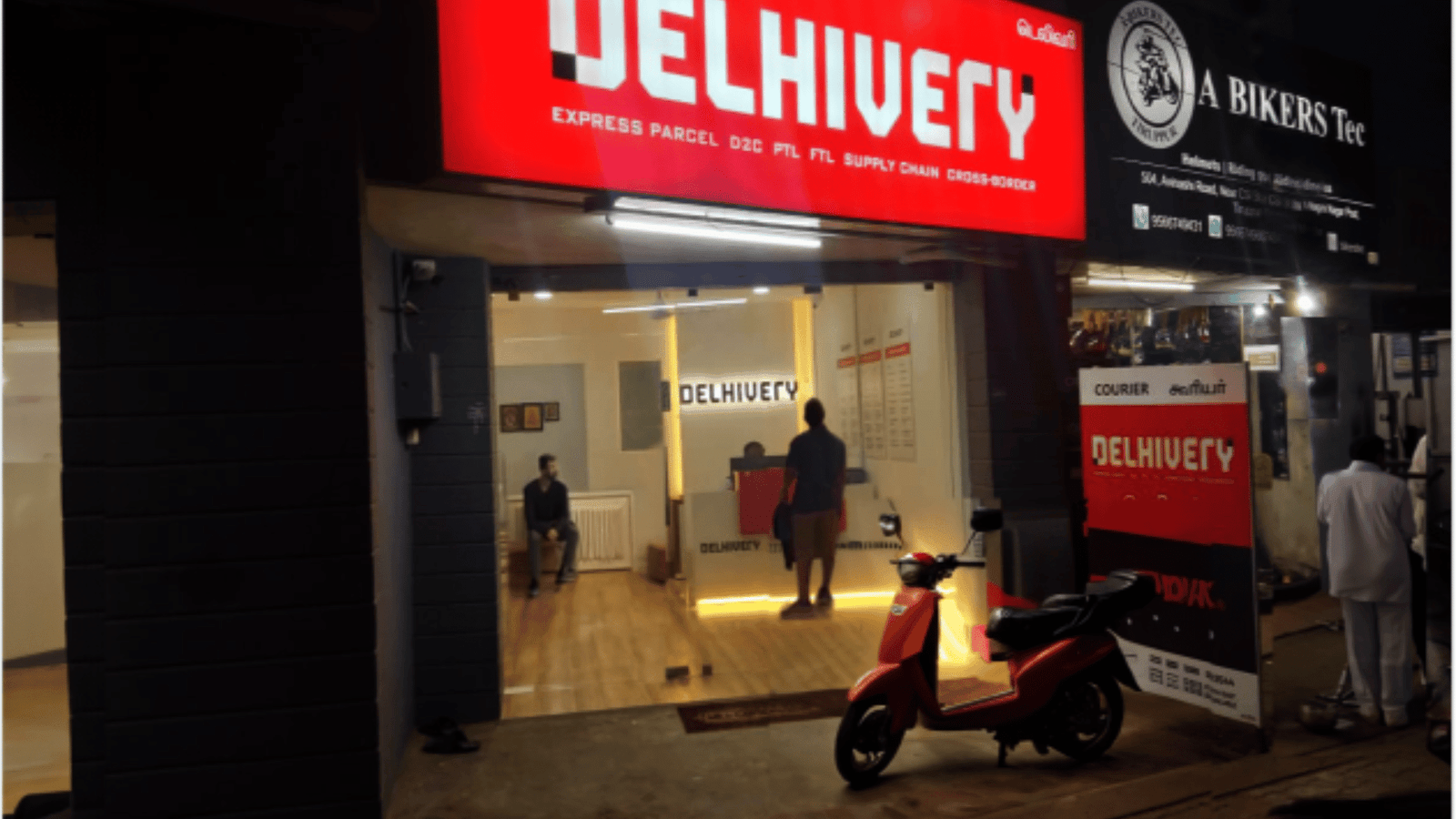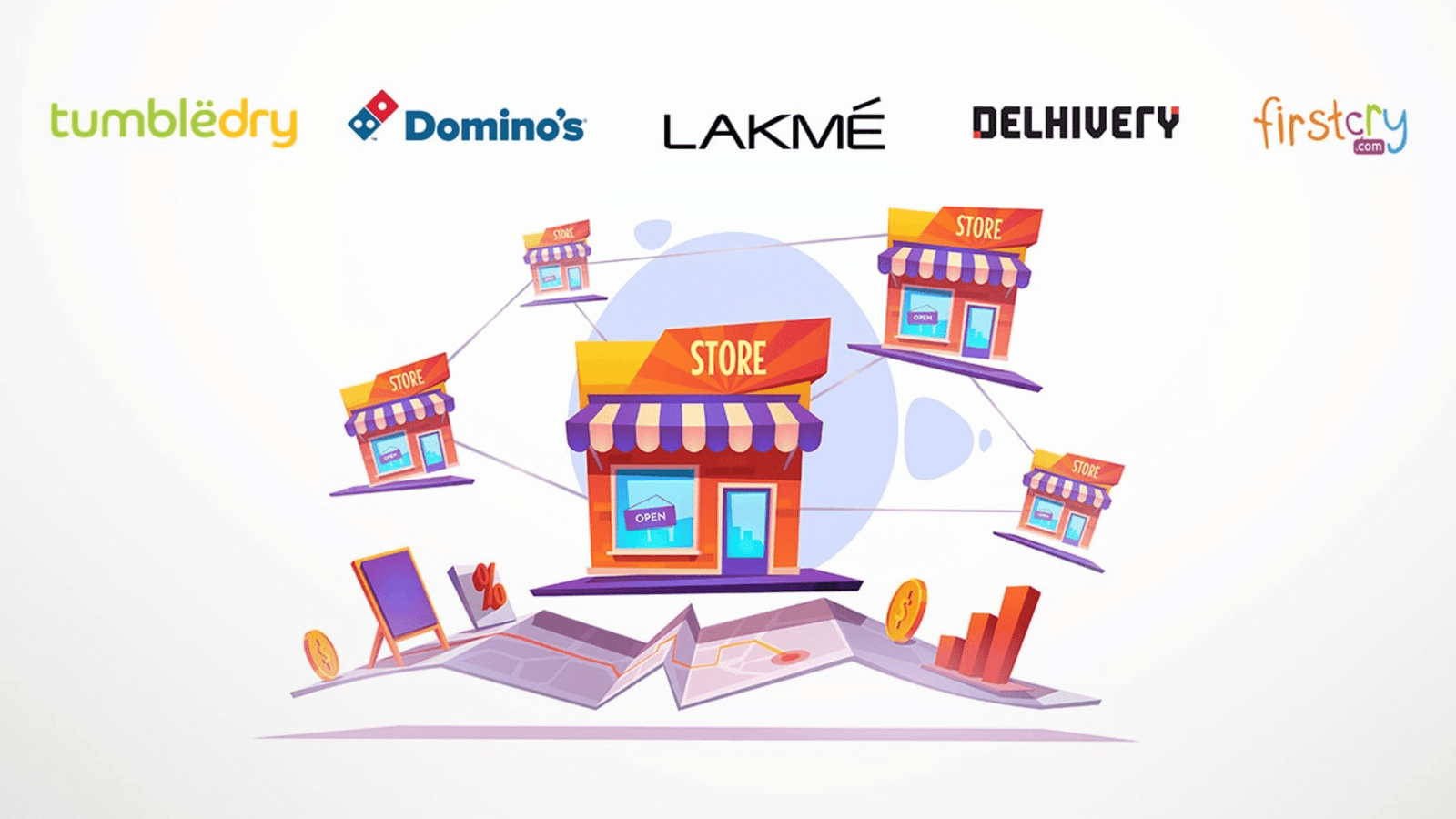Owning a food franchise in Tier-2 cities presents unique Franchise Opportunities and challenges. While these cities are rapidly developing and offer untapped markets, franchise owners often face obstacles that require careful planning and adaptation. Below, we explore the key challenges of running a food franchise in Tier-2 cities and strategies to overcome them.
1. Limited Customer Awareness

Challenge:
In Tier-2 cities, customers may be less familiar with certain franchise brands, especially those catering to niche or international cuisines. This lack of awareness can lead to slower customer acquisition and lower initial footfall.
Solution:
- Invest in localized marketing campaigns to educate customers about the brand.
- Host tasting events or promotions to introduce the menu and build interest.
- Collaborate with local influencers to generate buzz and build trust.
2. Price Sensitivity
Challenge:
Tier-2 cities often have price-sensitive consumers who may view franchise offerings as expensive compared to local alternatives.
Solution:
- Offer competitive pricing or affordable meal combos to appeal to the target audience.
- Highlight value-for-money aspects, such as portion sizes or quality ingredients.
- Introduce loyalty programs or discounts for repeat customers Franchise Opportunities.
3. Finding Skilled Labor

Challenge:
Access to trained staff who meet franchise standards can be a hurdle in smaller cities, leading to operational inefficiencies.
Solution:
- Partner with the franchisor to provide extensive training programs for local hires.
- Offer competitive wages and benefits to attract and retain talent.
- Invest in cross-training employees to handle multiple roles within the franchise.
4. Supply Chain and Logistics Issues
Challenge:
Ensuring a steady supply of fresh ingredients and maintaining quality can be difficult in Tier-2 cities due to limited supplier networks Franchise Opportunities.
Solution:
- Establish partnerships with reliable local suppliers to reduce transportation delays and costs.
- Work with the franchisor to streamline logistics and negotiate bulk purchases.
- Implement inventory management systems to track and optimize stock levels.
Read Also : Hotdog Harbour Food Franchise with Just ₹8 Lakh Investment!
GreenSalad.in Healthy Food Franchise with Just ₹10 Lakh Investment!
5. High Dependence on Word-of-Mouth Marketing

Challenge:
Traditional word-of-mouth marketing is still prevalent in Tier-2 cities, but it can take time to build a solid reputation.
Solution:
- Deliver consistently excellent service and food quality to encourage positive reviews Franchise Opportunities.
- Leverage online platforms like Google My Business and social media to amplify customer feedback.
- Offer referral incentives to encourage satisfied customers to bring friends and family.
6. Competition from Local Eateries
Challenge:
Local restaurants often have a loyal customer base due to familiarity and affordability, making it challenging for franchises to establish themselves.
Solution:
- Differentiate your offerings by emphasizing unique menu items, hygiene, and service quality.
- Adapt the menu to include regional flavors or ingredients that resonate with local tastes.
- Build relationships with the community through sponsorships or participation in local events.
7. Real Estate Constraints
Challenge:
Finding suitable locations with high foot traffic and affordable rents can be more challenging in Tier-2 cities due to limited commercial spaces Franchise Opportunities.
Solution:
- Explore non-traditional locations such as malls, food courts, or kiosks.
- Opt for a smaller footprint to reduce rental costs while maintaining visibility.
- Conduct thorough market research to identify emerging commercial zones.
8. Adapting to Local Preferences
Challenge:
The diverse culinary preferences in Tier-2 cities can make it difficult for franchises to standardize their menus and operations.
Solution:
- Incorporate regional dishes or flavors into the menu to cater to local tastes.
- Conduct regular customer feedback surveys to understand preferences and adapt accordingly.
- Balance standard franchise offerings with localized options to attract a wider audience.
9. Slower Return on Investment (ROI)

Challenge:
Due to lower initial footfall and price sensitivity, achieving ROI in Tier-2 cities may take longer compared to Tier-1 cities.
Solution:
- Focus on cost control and operational efficiency to maximize profit margins.
- Implement strategic marketing to boost awareness and footfall.
- Offer delivery services through platforms like Swiggy and Zomato to expand reach.
10. Regulatory and Licensing Challenges
Challenge:
Navigating local regulations and obtaining licenses can be time-consuming and complex in Tier-2 cities.
Solution:
- Work with local legal experts to ensure compliance with all regulations.
- Maintain clear communication with the franchisor for guidance on legal and operational standards.
- Stay updated on any changes in local laws to avoid potential disruptions.
Conclusion
Owning a food franchise in Tier-2 cities can be a rewarding experience with the right approach. While challenges like customer awareness, price sensitivity, Franchise Opportunities and supply chain issues exist, they can be effectively managed through localized strategies, strong franchisor support, and community engagement. Franchise Opportunities By understanding the unique dynamics of Tier-2 markets and adapting accordingly, franchise owners can unlock significant growth opportunities in these emerging cities.
1 What is the typical investment required for a food franchise in Tier-2 cities?
The investment varies by brand but typically ranges from ₹5-15 lakhs for most beginner-friendly food franchises.
2 How can I attract customers to a franchise in a Tier-2 city?
Use localized marketing, offer promotions, and adapt the menu to suit regional tastes to draw customers.
3 What are the biggest operational challenges in Tier-2 cities?
Common issues include supply chain inefficiencies, finding skilled labor, and navigating local regulations.
4 How long does it take to achieve ROI in a Tier-2 city?
ROI timelines can vary but generally take 12-24 months, depending on location, market demand, and operational efficiency.
5 Can I customize the franchise offerings to suit local preferences?
Many franchisors allow some level of customization to cater to local tastes while maintaining brand standards.





